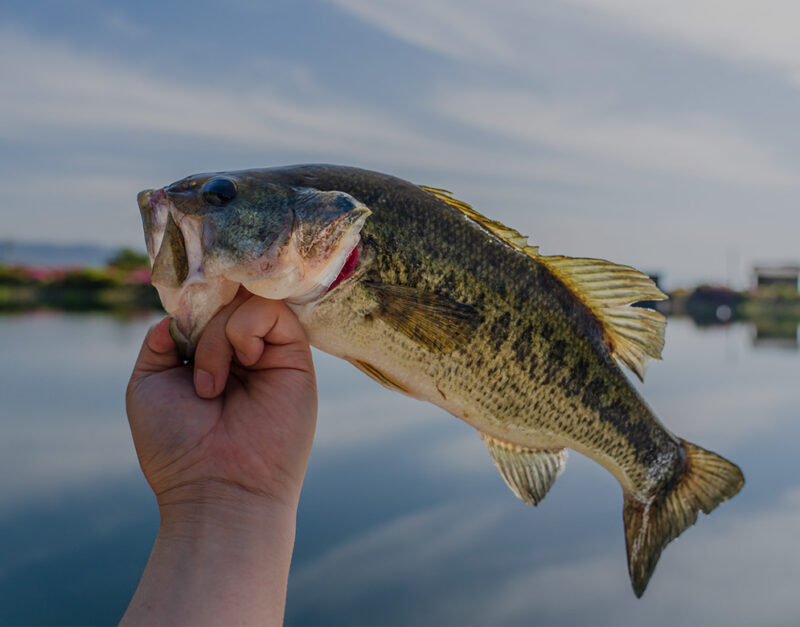 August 17, 2023
August 17, 2023 Freshwater fish is significantly more contaminated than seafood, according to a recent study conducted by the Environmental Working Group (EWG), a nonprofit organization that focuses on research and advocacy in regard to toxic chemicals, drinking water pollutants, and corporate accountability.
Consuming one serving of freshwater fish is equivalent to drinking water laced with 48 parts per trillion (ppt) of PFOS, a dangerous “forever chemical,” for a month, the EWG study stated.
“To put that number into context,” an article published by The Anchorage Daily News explained, “the nationwide median of PFOS in drinking water is estimated to be less than 5 ppt. The highest concentration detected in Chicago drinking water so far is 2.8 ppt.”
How Is PFAS Consumption Dangerous to Health?
PFOS (perfluorooctane sulfonate) is an organic compound that is a subset of man-made PFAS (perfluoroalkyl substances). Long-lasting PFAS build up in the blood and do not break down in the environment, earning them the nickname “forever chemicals.”
According to the U.S. Environmental Protection Agency (EPA), “PFAS are a group of manufactured chemicals that have been used in industry and consumer products since the 1940s because of their useful properties. There are thousands of different PFAS, some of which have been more widely used and studied than others.”
The health repercussions of PFAS are still being researched, but studies have shown that PFAS exposure can affect:
- Reproduction processes, such as decreased fertility or increased high blood pressure in pregnant women
- Development in children, such as low birth weight or behavioral changes
- Risk of cancer, such as prostate, kidney and testicular cancers
- The immune system
- Hormones
- Cholesterol levels
- Risk of obesity
What Freshwater Fish Are Contaminated?
PFAS are found in all sizes and types of freshwater fish and bind to fish tissue so they cannot be trimmed away.
The EWG created an interactive map based on EPA data to describe the levels of contamination in freshwater fish throughout the United States. This map shows that all fifty states have contaminated water in which fish are caught and then eaten.
The EWG stated: “The pollution is especially problematic for communities living near bodies of water, whose sustenance depends on consumption of fish they’ve caught, since the more contaminated the fish someone eats, the greater their overall exposure to PFAS, and the greater the risk to their health.”
Consuming contaminated fish particularly affects Native Americans, immigrant communities, and low-income Americans.
Information About Freshwater Fish Contamination Is Not Getting Out
Another conclusion of the EWG study was that “fish consumption advice regarding PFAS is inconsistent or absent in the U.S. states.”
The data used by the EWG for its study came from tests the EPA has done since 2013. Every fish sample showed the presence of PFOS.
David Andrews, an author of the EWG study, thinks that perhaps the EPA has not publicized its test results because fish are an important source of nutrients and telling people about PFAS contamination isn’t worthwhile.
“Some people panic and some people decide they can’t avoid it so why worry. That makes communicating the risks very challenging,” said Christy Remucal, an associate professor of civil and environmental engineering at the University of Wisconsin.
Where Does the Pollution Come From?
Thousands of manufacturing plants, landfills and wastewater treatment plants across the United States play a role in water contamination. Also, sites where PFAS-containing firefighting foams are used, such as airports, potentially send polluted discharge into surface water.
There are no current U.S. regulations of PFAS, although proposals are being discussed. Only a few states, like Michigan, Minnesota and Wisconsin, warn consumers about levels of PFOS contamination in fish.
How We Help Victims of Toxic Exposure
The attorneys of our birth defects victims’ alliance understand the pain that families face when coping with life-altering birth defects—and the frustration of knowing they could have been prevented. Our team has over 40 years of combined experience in birth defects litigation in cases involving semiconductor and electronics manufacturing, pesticides, and energy production. We have the resources and experience to fight on behalf of our clients against corporations who put them in danger. Call us to see how we can help you and your family receive justice for birth defects.


